Coming of Age Day, which falls on the second Monday of January, is a significant milestone for newcomers, where they participate in coming-of-age ceremonies.
It is also a day to celebrate children’s growth and welcome them into ✨adulthood✨.
Let’s have a look at the Coming of Age Day, including its origin, the ceremony and the different celebrations.
What is the Coming of Age Day?
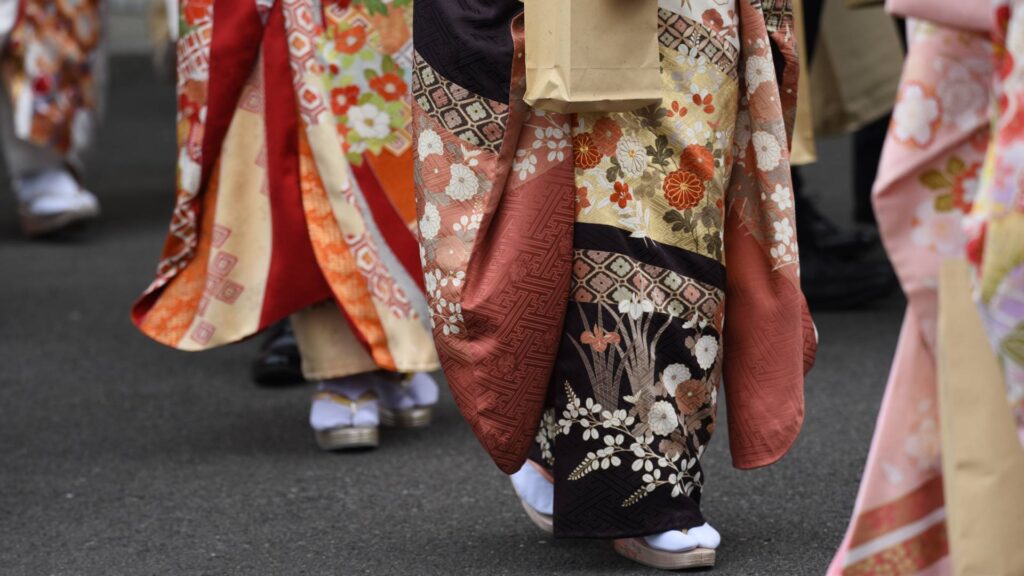
The Coming of Age Day is celebrated on the second Monday of January and was established as a public holiday to ‘celebrate and encourage young people who are aware that they have become adults and are trying to survive on their own.’
Until 1999, it was on 15 January but was moved to the second Monday of January under the ‘Happy Monday’ system, which encourages consumption with three consecutive holidays.
On this day, many cities, towns, and villages hold coming-of-age ceremonies for newcomers, with men wearing suits and hakama and women wearing furisode (long-sleeved kimono) to celebrate their coming of age.

When and how much should you gift during a coming-of-age celebration?
When children, grandchildren, nephews, or nieces come of age, it is traditional to give pocket money. But how much should you give for a coming-of-age celebration?
Generally, you should prepare ‘between 10,000 yen and 50,000 yen’ for children, ‘between 10,000 yen and 100,000 yen’ for grandchildren, and ‘between 10,000 yen and 30,000 yen’ for nephews and nieces.
The best time to congratulate is on the day of the coming-of-age ceremony or the day before. If it is difficult to meet them, it is advisable to use the year-end and New Year holidays to give them their congratulatory gifts by the day before the coming-of-age ceremony.
Origin and rituals of Coming of Age Day
The original coming-of-age ceremony is thought to have been the Genpuku for men and the Mogi for women.
Genpuku for men
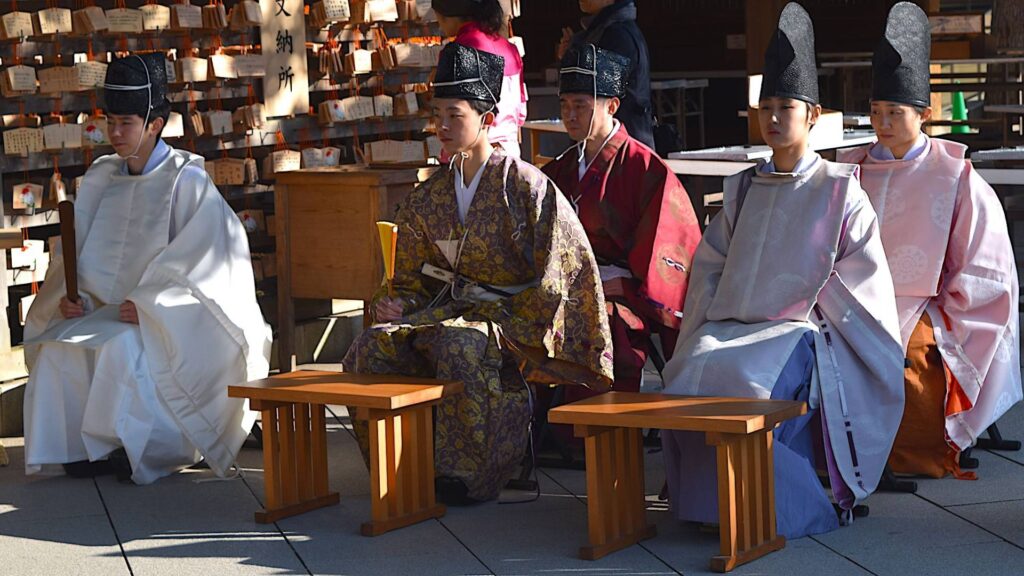
Genpuku is a variant of the ancient Chinese rite of passage known as ‘kanrei,’ which was held for adult males in ancient China and then introduced to Japan. In the kanrei, men were given a crown to signify their coming of age and were granted various rights, such as marriage and promotion.
Genpuku in Japan is believed to have started in the Nara period (710-794). Men aged between 12 and 16 celebrated the Genpuku by tying their hair in a hairstyle called “kanmurishita no motodori” (hair tied up in a knot under the crown) and by wearing a crown.
Mogi for women

Costume dressing, a rite of passage for women, was a ceremony held when their spouse was decided upon. This was mainly an event for aristocratic women during the Heian period (794-1185), where they were required to change their clothes and hairstyle into formal adult attire. From the Edo period onwards, the rite of passage for women was also known as genpuku and was celebrated between 18 and 20.
The current coming-of-age ceremony is said to have originated from the Seinen Matsuri (Youth Festival) held in Warabi City, Saitama Prefecture, in 1946. The Youth Festival was organised to encourage young people who had suffered disappointment after the defeat in World War II, and the Coming of Age Ceremony was one of the events organised.
The Coming of Age Ceremony attracted nationwide attention, and two years later, in 1948, it was established as the Coming of Age Day. Note that in Warabi City, Saitama Prefecture, it is still called ‘Seijin Shiki’ (coming-of-age ceremony) rather than ‘Seijin Shiki’ (coming-of-age ceremony).
Various coming-of-age ceremonies
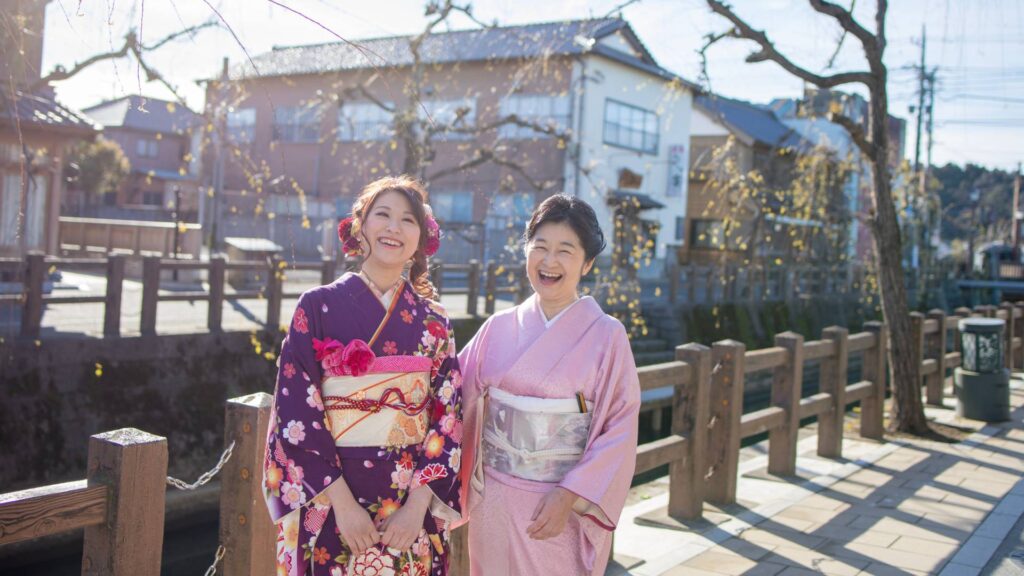
Local authorities usually hold coming-of-age ceremonies, but nowadays, there are many different types.
For example, it is often impossible to attend coming-of-age ceremonies in industries that employ many high school graduates yearly, as they are usually paid out on public holidays. Some companies hold their own in-house coming-of-age ceremony as an alternative to this situation.
Various events are also being held based on the Coming of Age Ceremony, such as the ‘one-half coming of age ceremony’ for 10-year-olds, half the age of 20, and the second coming of age ceremony for 25-year-olds who then gain the right to vote.
Ancient coming-of-age rituals

Rituals to celebrate adulthood have been held since ancient times and were divided between men and women.
For men, the ceremony called Genpuku, which was held from the Nara period (710-794) onwards, was a coming-of-age ceremony for boys aged between 12 and 16 years old by counting. On the occasion of Genpuku, the hair was tied into an adult hairstyle, and the clothes were changed to appear more mature and grown.
Women also had a ceremony called ‘mogi,’ which took place between the ages of 12 and 16 and involved wearing garments from the waist down and tying up hair that had hung down.
While such ceremonies were held among the upper classes, they were less formal for the common people, who were expected to be able to carry a bale of rice by themselves or to hunt by themselves, which was one of the guidelines for adulthood.
Lowering the age of adulthood to ’18’
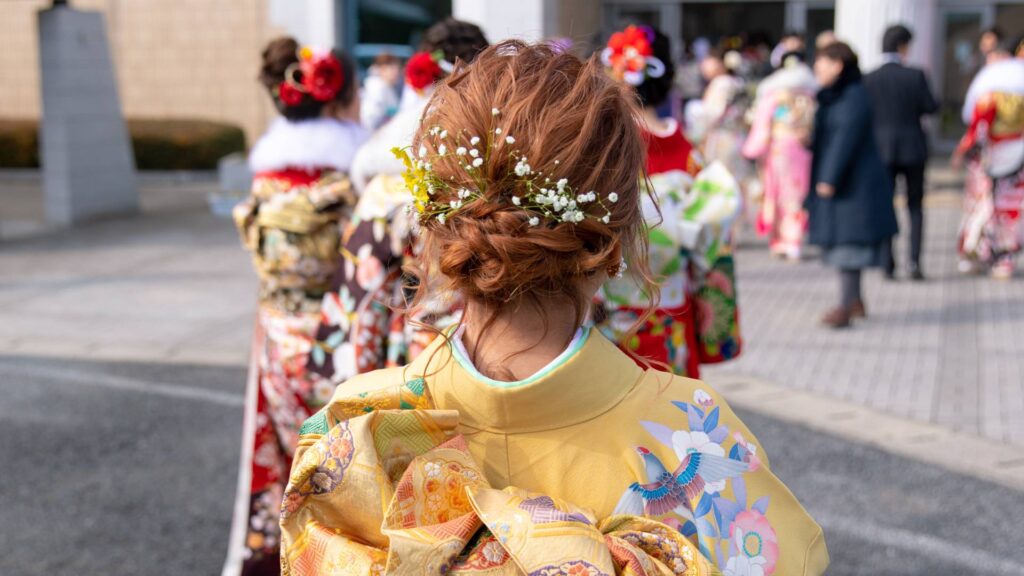
In March 2018, the Cabinet approved a draft amendment to the Civil Code to lower the age of adulthood from 20 to 18. 18 and 19-year-olds will also become adults from April 2022. That has led to discussions on what to do about the coming-of-age ceremony.
There are concerns that the number of people attending the coming-of-age ceremony will decrease because it will coincide with university entrance exams. Moreover, it can be challenging to secure a venue for the ceremony in the year in which the age is lowered because it will cover three different grades.
There are also proposals to change the date of the coming-of-age ceremony itself or change it to a ‘coming-of-age celebration.’
However, most local authorities have not yet decided how to best change the coming-of-age ceremony.
Final Thoughts
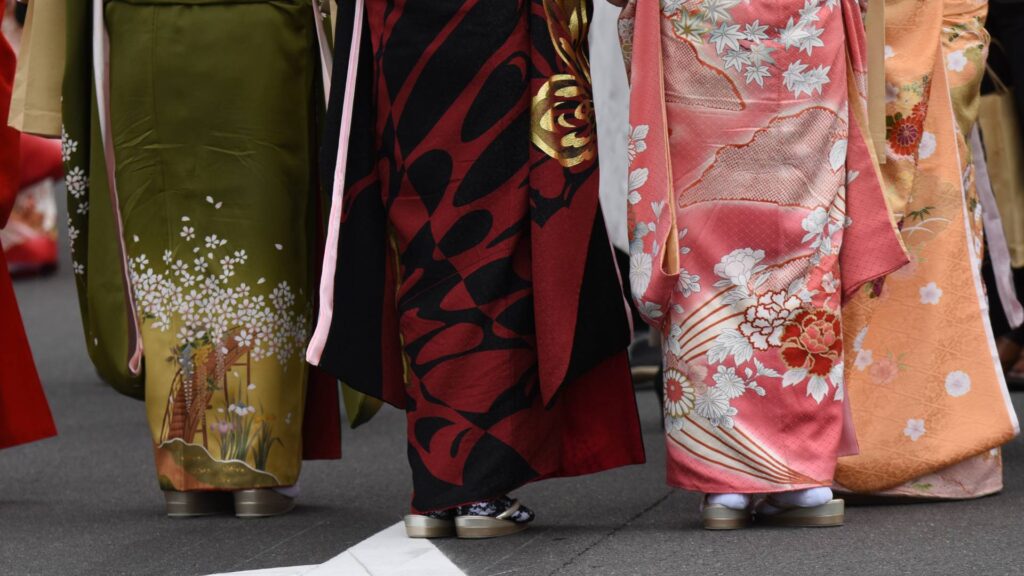
Coming of Age Day is a public holiday on the second Monday of January, and many municipalities hold coming-of-age ceremonies. In recent years, half-coming-of-age rituals and risshi ceremonies have been held to celebrate children’s growth in various ways.
From April 2022, the age of adulthood will be lowered to 18. There are concerns that the coming-of-age ceremony may overlap with examinations or that it may be challenging to secure a venue. Hence, how coming-of-age ceremonies are organised will likely change in the future.
Does your country also celebrate children’s coming of age or have a similar tradition?
Follow us here at FLIP guide for more information on Japan and its annual events and celebrations 🎊


Recent Comments